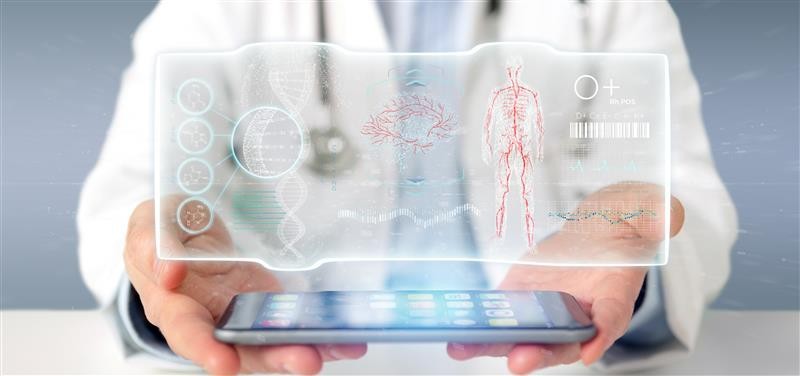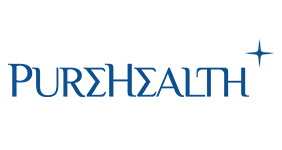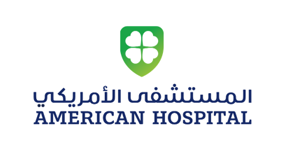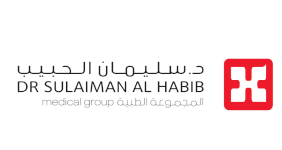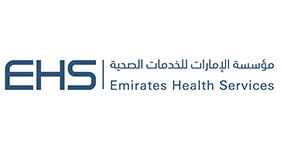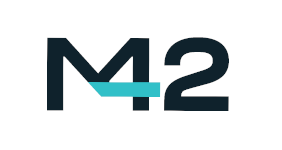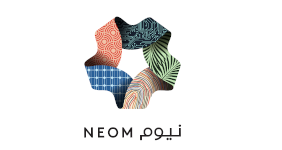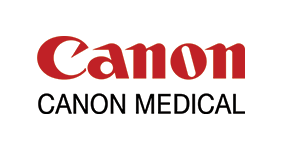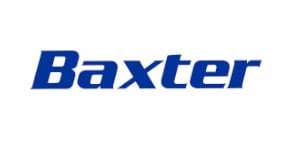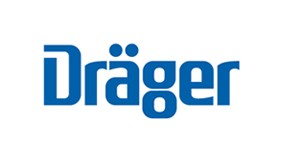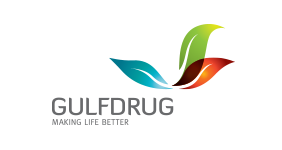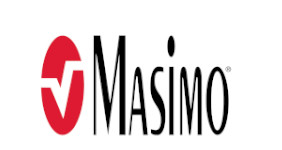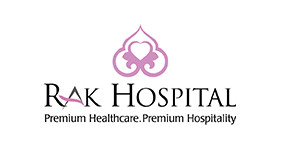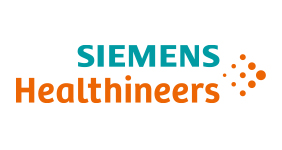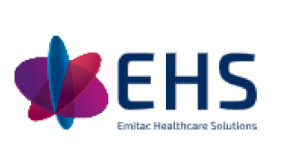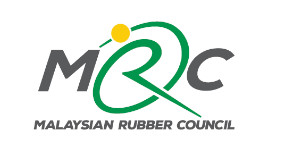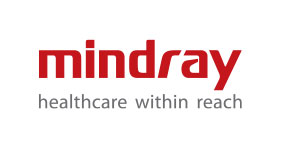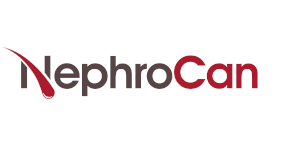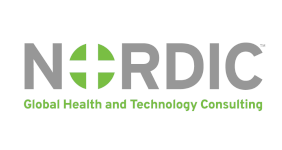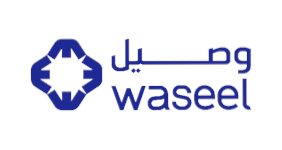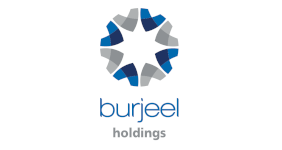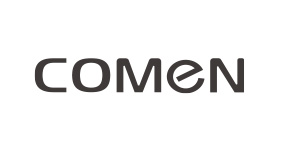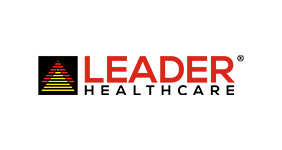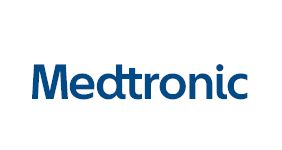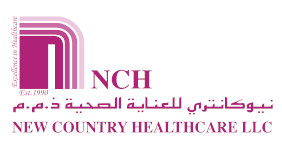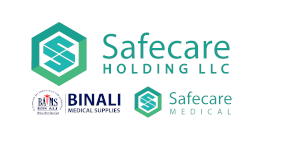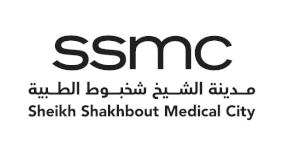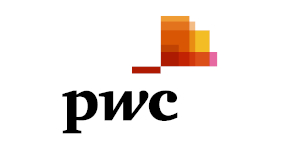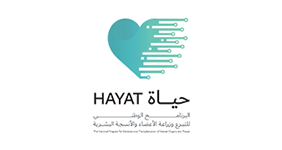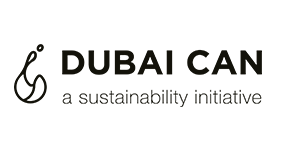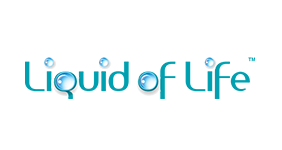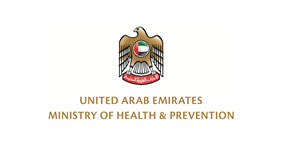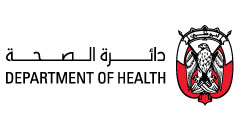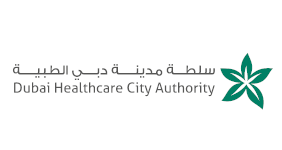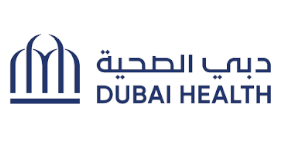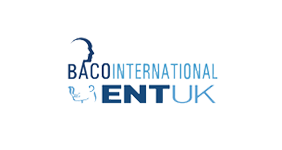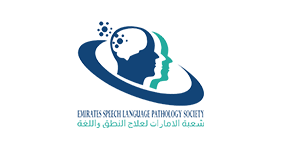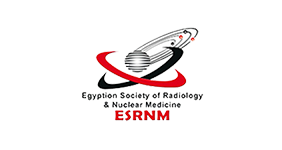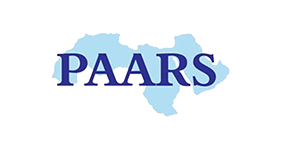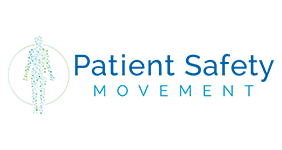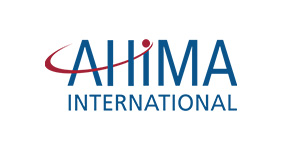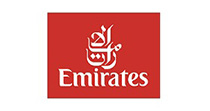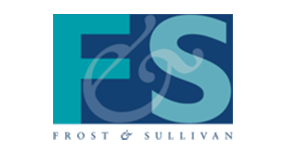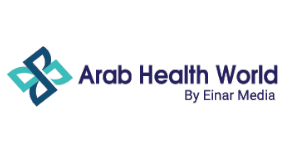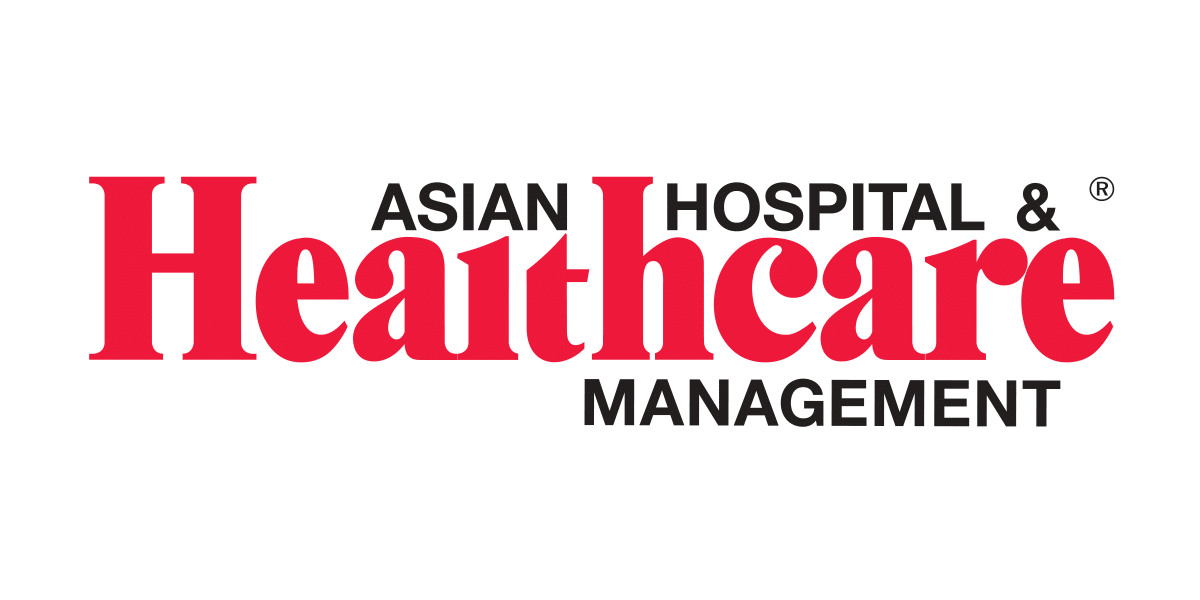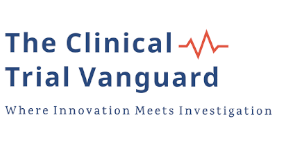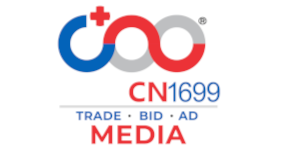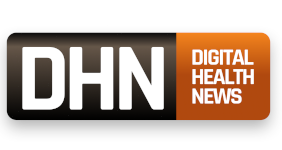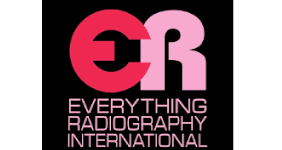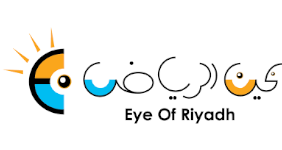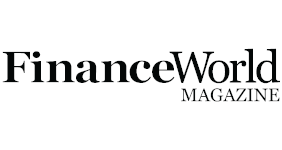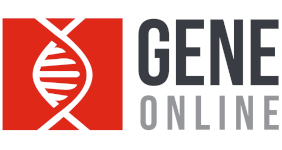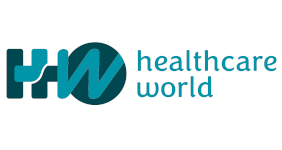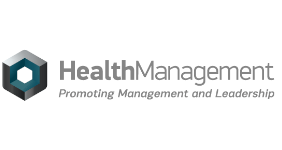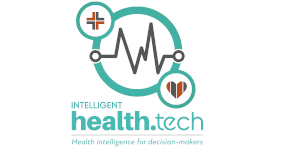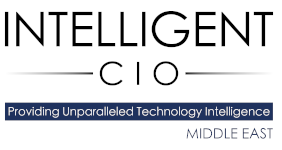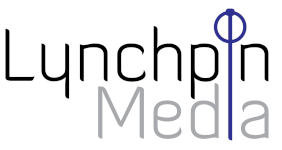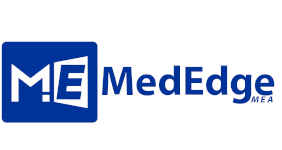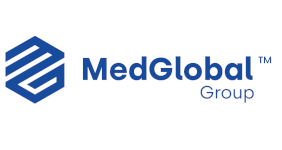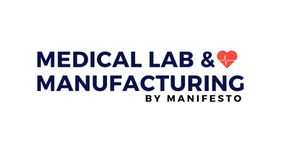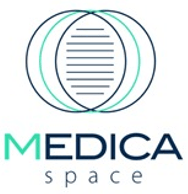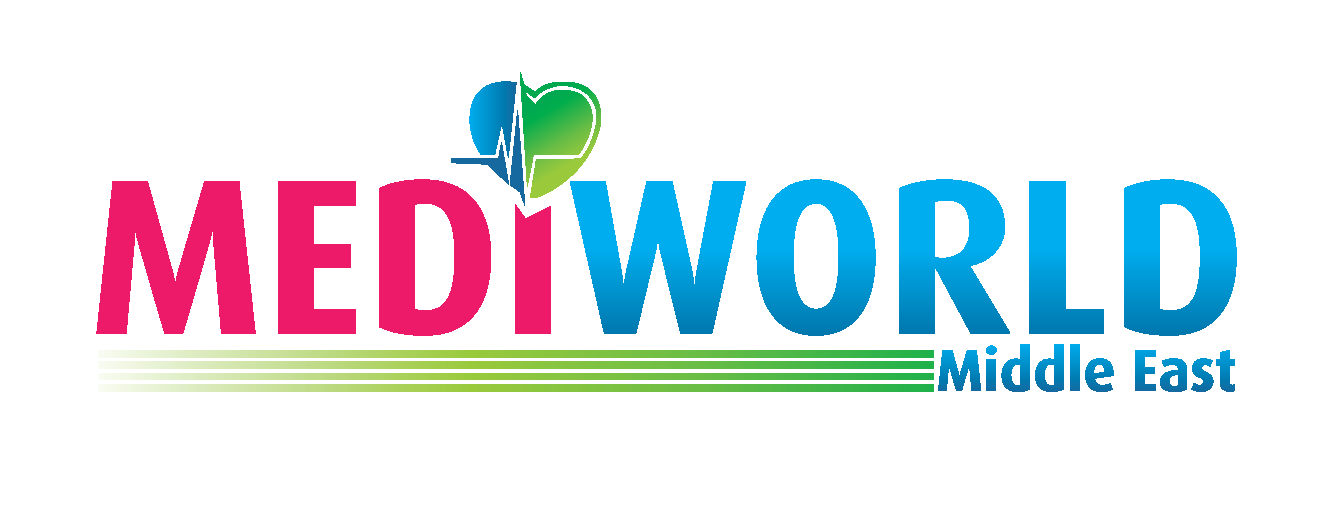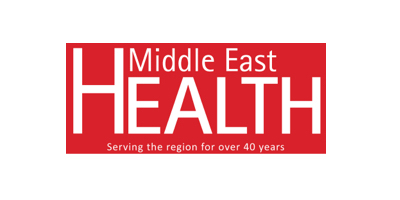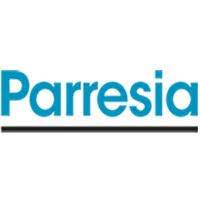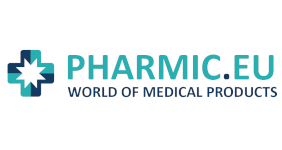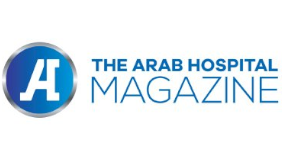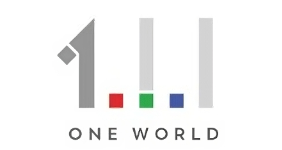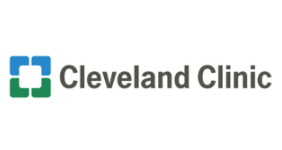The medical devices industry is poised for continuous growth thanks to the application of life-saving technologies. From innovative devices such as wearables to health data services, the medical device industry is working towards opening doors for more personalised and value-based healthcare.
A medical device is an instrument that plays a crucial role in diagnosing, preventing or treating a disease or other medical conditions, which allows people to live longer, healthier, and more productive lives. Currently, the medical device market is going through a significant transformation thanks to technological advancements boosting the industry.
Other factors driving the market’s growth include the increasing frequency of chronic diseases and a growing geriatric population. Chronic diseases such as cancer, diabetes, hypertension, stroke, heart disease, respiratory diseases, arthritis, and obesity, can lead to hospitalisation, long-term disability, reduced quality of life, and even death. Hence, such factors indicate the rising demand for medical devices to monitor and manage diseases.
The global medical devices market is reportedly projected to grow from US$495.46 billion in 2022 to US$718.92 billion by 2029 at a compound annual growth rate (CAGR) of 5.5 per cent in the forecast period.
Like other sectors, the medical devices industry also faced a tumultuous two-year period, with companies focusing their R&D resources on combatting the pandemic. Moreover, the supply chain disruption caused due to the pandemic led to critical shortages of critical medical devices, such as ventilators, worldwide. Therefore, several countries have now put stringent measures in place to ease the shortages, such as developing facilities for the domestic manufacturing of medical devices.
Trends propelling the medical devices market
MedTech
From conditions such as hearing loss to cataracts and refractive errors, back and neck pain, osteoarthritis, chronic obstructive pulmonary disease, diabetes, and dementia, innovation is becoming prevalent to improve patient outcomes.
The medical technology industry or MedTech comprises technologically advanced devices, equipment, diagnostic tests, and health information systems transforming healthcare through earlier disease detection and minimally invasive procedures, offering more effective treatments and reducing time spent in hospitals.
A recent report has highlighted that the CAGR of the global market for medical device technology from 2022 to 2027 is 4.9 per cent. It is expected to expand from US$465.5 billion in 2022 to US$591.3 billion in 2027.
Healthcare at home
Medical devices such as glucose monitors, insulin delivery systems and nebulisers are increasingly being used at home to treat different medical disorders. Such devices can be easily integrated with the patient’s electronic medical records (EMR), wearables, smartphones, and telehealth platforms to provide critical data and insights for enhanced clinical decision-making.
Patients are also more willing to share their personal information when data is collected for medical research purposes. Furthermore, blockchain technologies have improved the privacy of data sharing across an extensive network of device users and have gained traction across the medical device value chain.
3D printed devices
Additive manufacturing, or 3D printing as it is more commonly referred to, has seen an increase in adoption over the past couple of years. According to reports, by 2026, the global 3D printed medical devices market is expected to reach US$4.5 billion at an annual growth rate of 13 per cent. Such devices can help strengthen local manufacturing and lower dependency on imported medical devices. It allows hospitals and medical facilities to produce the necessary components and equipment within the hospital. Using 3D printers, doctors and biomedical engineers can work together to create customised prosthetics, implants and instruments for surgeries digitally.
AI and 5G
Technologies such as Artificial Intelligence (AI) and Machine Learning (ML) are offering healthcare workers new and important insights thanks to the constant data they are generating. Such tools lead to improved diagnostic decision-making while providing high levels of precision.
For some time now, medical device manufacturers have implemented AI technologies in product development. It has been used in software for chronic disease management, medical care administration and within medical imaging. AI is also being applied to detect and treat oncology, cardiology, gerontology, and endocrinology diseases.
Another technology helping enhance medical devices is 5G applications that help connect people with limited Wi-Fi connectivity and patients opting for remote monitoring devices. It also assists doctors in transmitting high-quality surgical microscope images for instant feedback from experts such as surgeons and radiologists.
In conclusion, medical devices are one of the most vital and fastest-growing sectors in healthcare, creating and producing medical innovations worldwide. The rise of medical technology in the sector will go a long way in saving lives, improving patient outcomes and lowering the overall cost of healthcare.
References:
https://www.fortunebusinessinsights.com/industry-reports/medical-devices-market-100085
https://www.meddeviceonline.com/doc/the-top-trends-to-watch-in-the-medical-device-industry-0001

